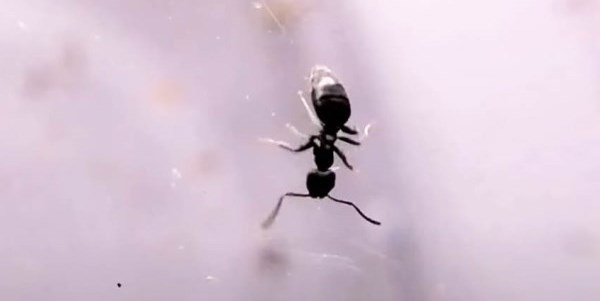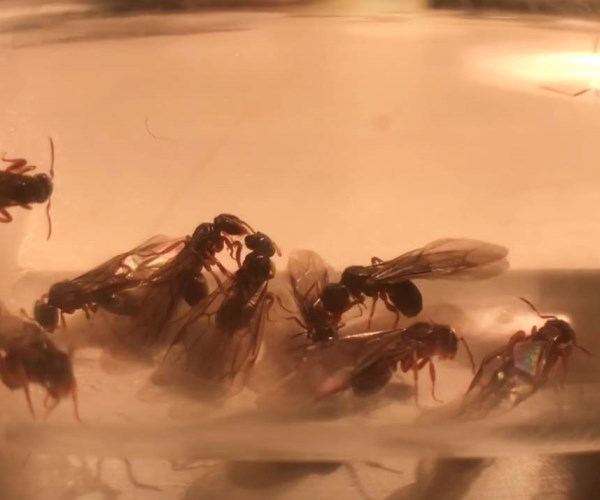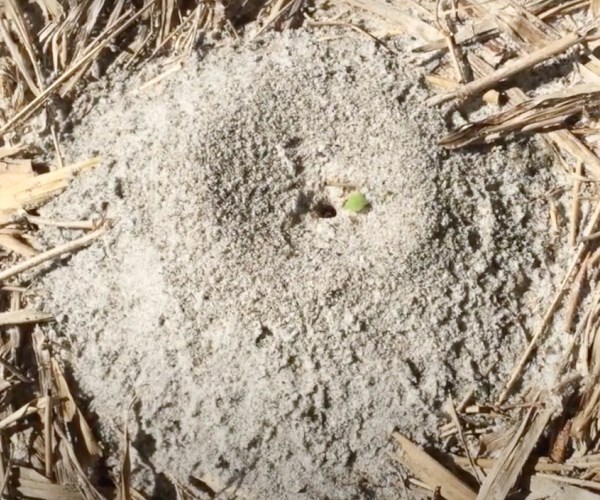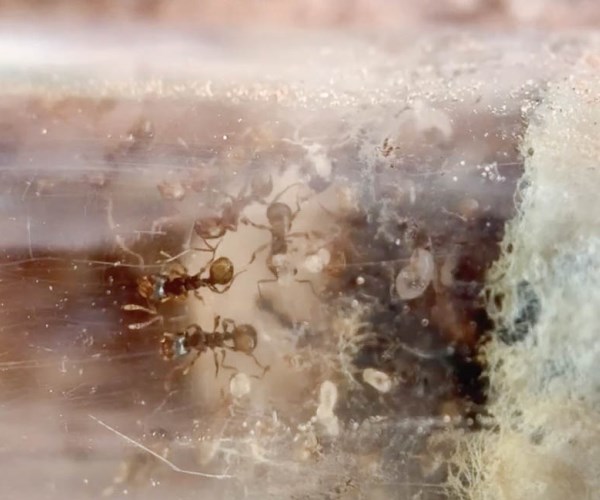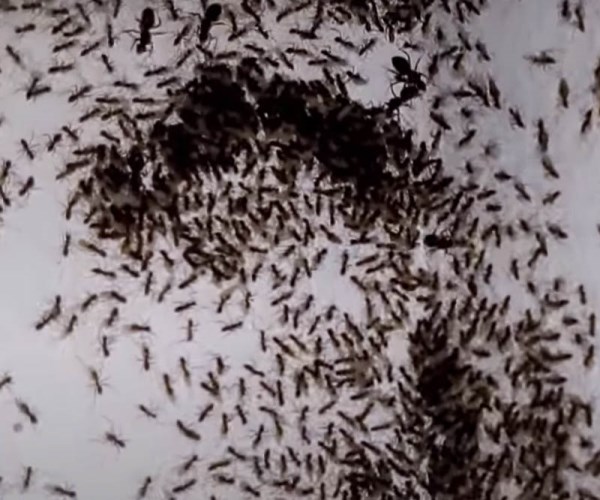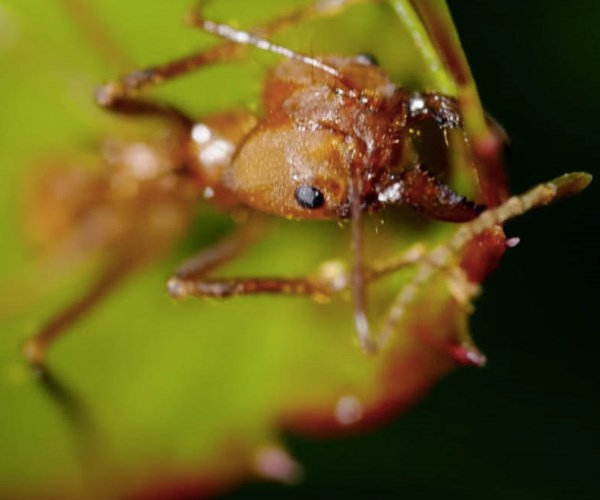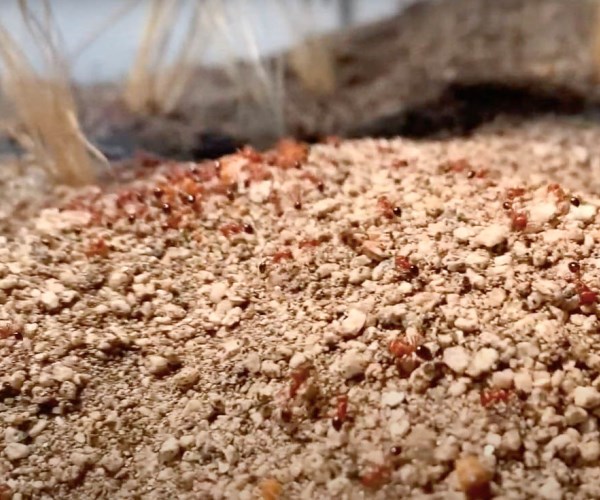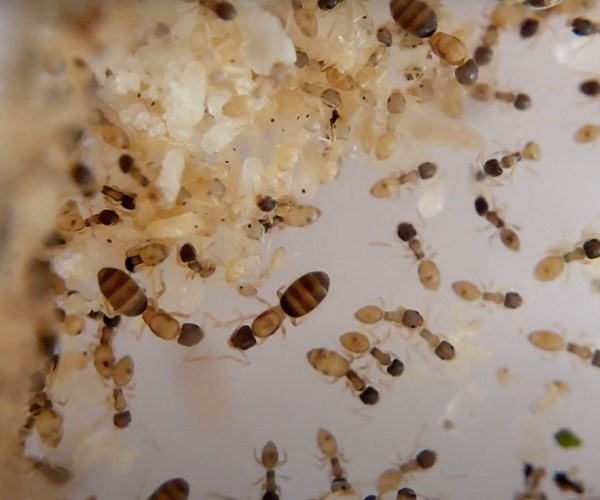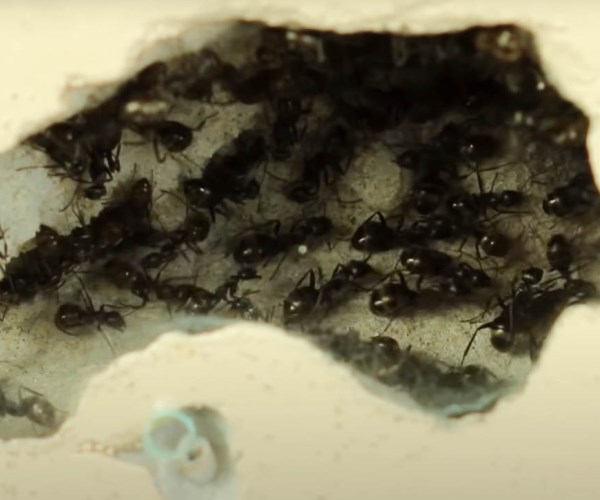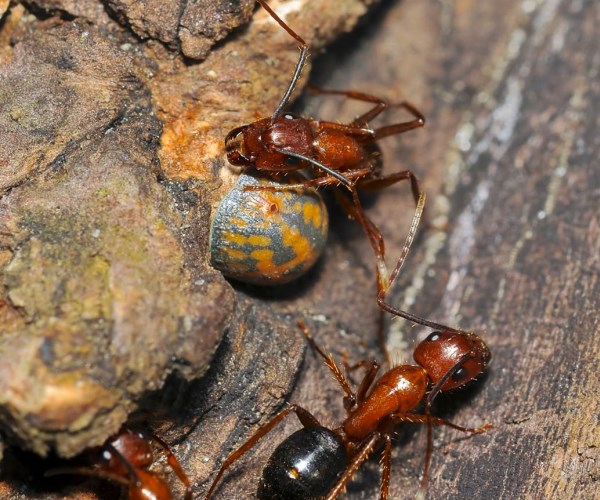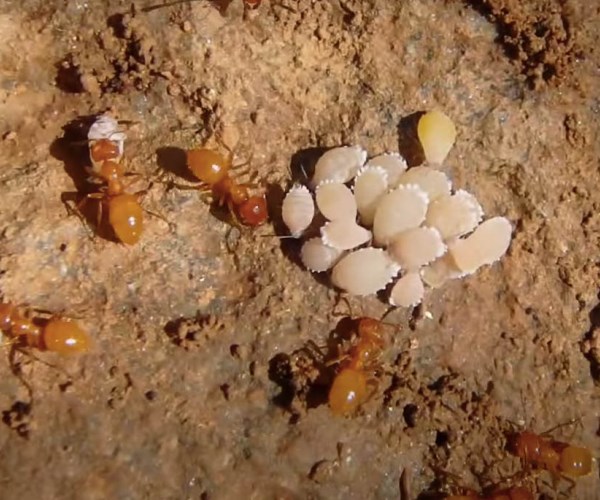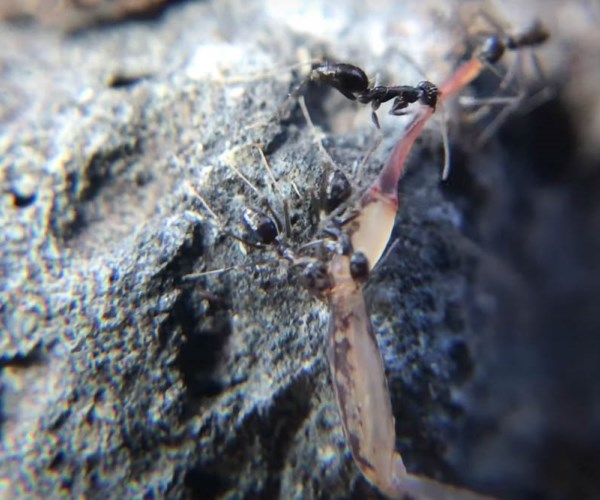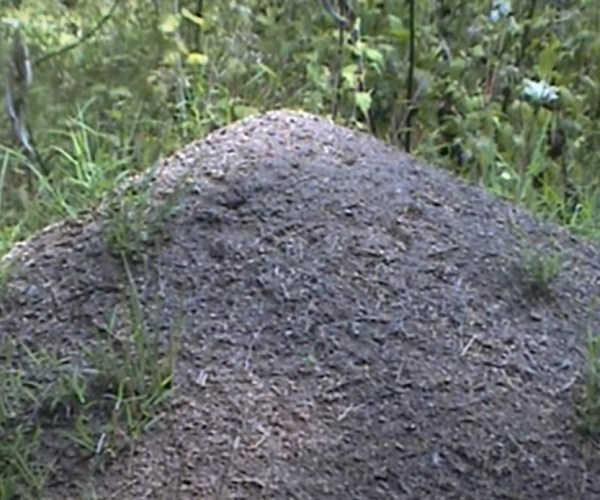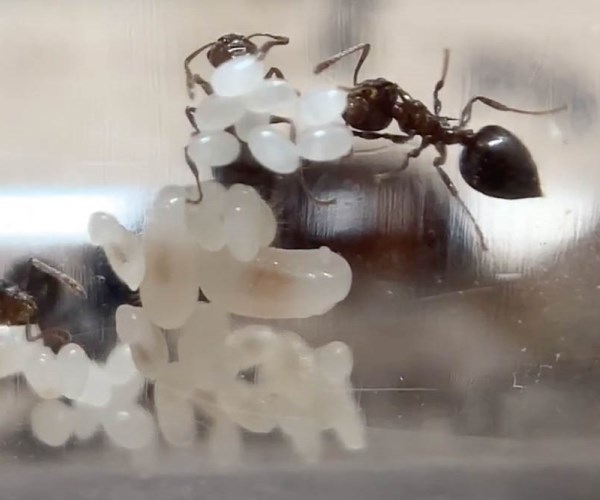About Moisture Ants
About Moisture Ants
Moisture ants are attracted to moisture, both indoors and outdoors. This is where they get their name from. They make their nests in areas with some form of moisture. Damaged wood particularly appeals to moisture ants as a nesting site.
Appearance
The color of moisture ants ranges from yellow to light brown. The length of the ants ranges from 1/5 inch to 1/2 inch. Other distinctive physical features of the ants are the hairs in the abdominal area; the backs of the ants also have a notch. Moisture ants are monomorphic: the workers have a single size and similar features.
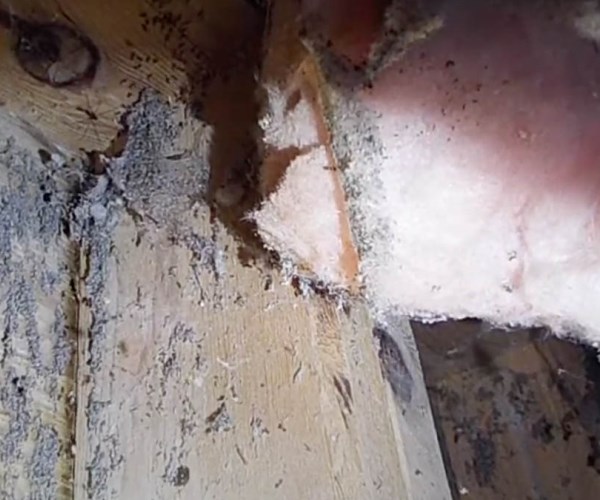
Behavior
Moisture ants live in indoor and outdoor nests. Their nests are always close to sources of water. They can infest indoor spaces from the outdoors following a trail of moisture. Outdoors, they make their nests in rotten logs. They also live under logs and rocks. Moisture ants could build their nests under slabs and close to foundations. When they build their nests under slabs, their activity could be mistaken for termite activity. This is because they push up soils, through cracks in concrete, into basement floors.
Like carpenter ants, moisture ants build their nests within wood. When they live indoors, they carry soil from the outdoors for building their nests.
An outdoor colony of moisture ants could relocate into structures. In homes, they relocate into spaces with moisture, such as the kitchen or bathroom. A kitchen or bathroom with a leaky pipe will especially attract moisture ants. They build carton nests with soil, mostly around pipes.
Swarmer’s can enter homes through open doors and windows. They can also access homes through crawl spaces and attics if there is a suitable entry point.
They feed on honeydew produced by aphids, mealybugs, and other insects. Honeydew from aphids makes up a major part of the diet of the ants. This is why they raise young aphids for their honeydew.
The swarming period of moisture ants is between September and October. The female reproducer searches for a place with a suitable level of moisture and lays eggs there. The eggs hatch into workers and other reproducers. The first set of eggs typically hatch into workers.
Moisture ants are widely distributed. In the US, there are many species of moisture ants. Citronella ants are a species of moisture ants, one of the largest species. The distribution of moisture ants ranges from New England to the Pacific Northwest, Mexico, and Florida.
Damage they cause
They inhabit wood and could cause serious damage in the process. It is noteworthy that they only occupy damaged areas of wood. They will not occupy and destroy new areas of wood. Instead, they will hasten the destruction of already damaged wood.
Moisture ants are typically assumed to be more destructive than they typically are. They basically build their nests within wood, just like carpenter ants. However, as opposed to carpenter ants, they also feed on the damaged wood.

Because they live in areas with damaged wood, an infestation is an indication of wood damage. If the damaged wood is replaced and the entry points are sealed, the infestation could be controlled.
Moisture ants are not regarded as an aggressive species. Typically, they do not bite or sting.
Signs of infestation
When they eat and digest their foods, moisture ants create a frothy substance that can be seen around their nests. This frothy substance could be identified as a sign of the infestation of the ants.
The workers and swarmer’s can also be seen around their nests. They are yellow to brown insects with black wings, seen in damp areas. The presence of the swarmer’s and workers means that there is a nearby active colony.
Moisture ants could be mistaken for sugar ants and carpenter ants. Unlike sugar ants, they do not actively search for sources of sugar. Unlike carpenter ants, they do not occupy undamaged areas of wood. The ants could also be mistaken for termites because of the way they push soil through cracks in concrete slabs.

